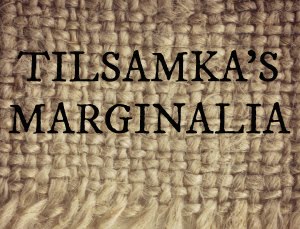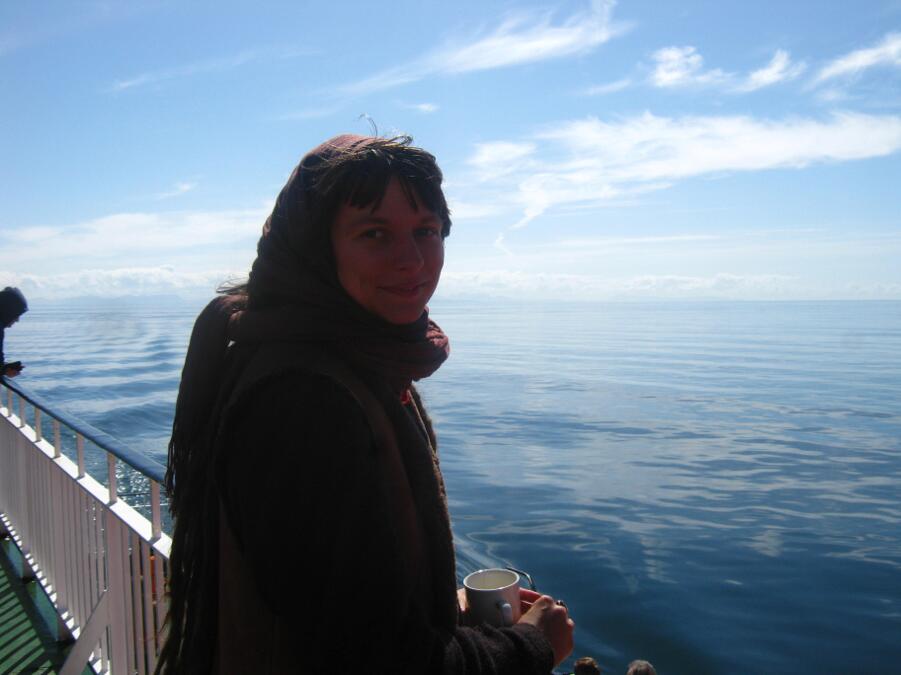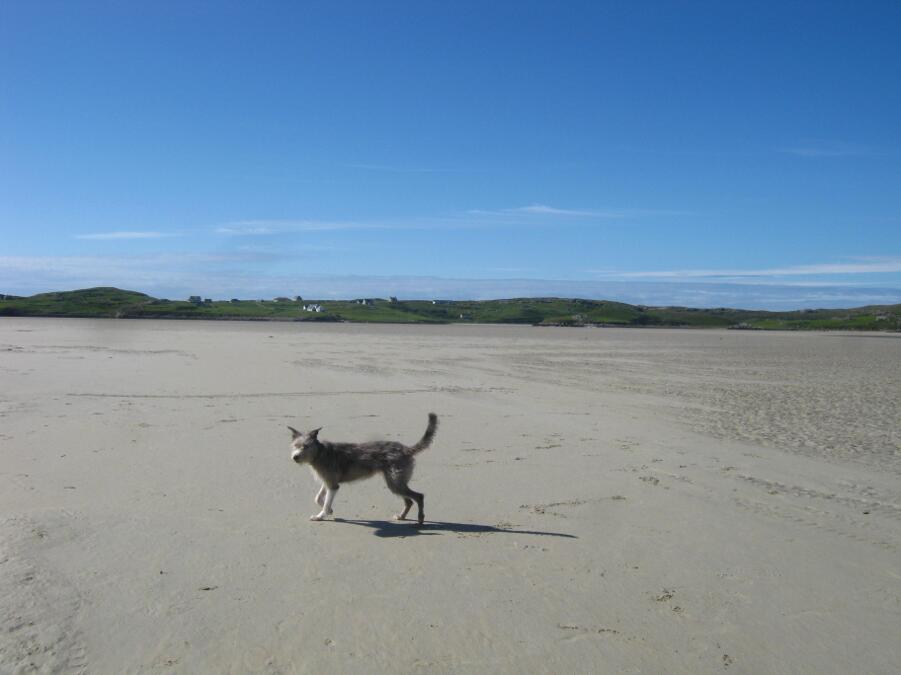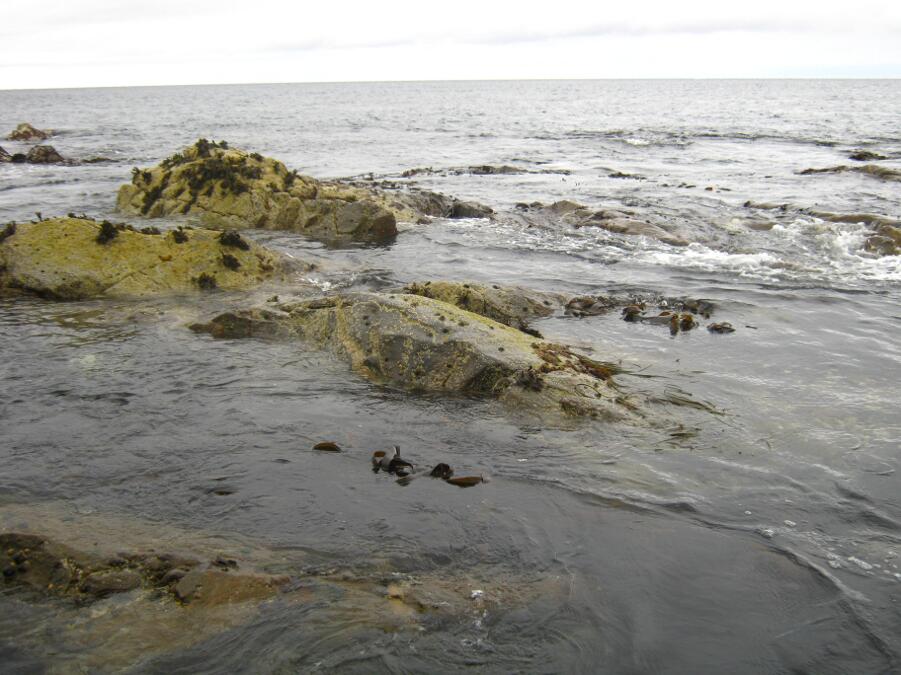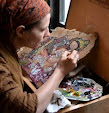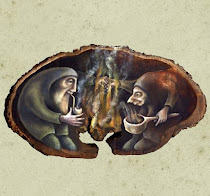DOWN IN THE FIELD WHERE OUR VEGETABLES GROW, the sunflowers die and the mists hang low...
In this pigeon-blue of autumntime, there's a quietness all around. Sounds only bounce as far as the droplets of fog suspended in the air, and all you can hear are the earnest cracks and squelches of the folding in of the year. The distances are grey-green, and all around us the plants curl and bow and turn in toward brown and root and rot.
These once glorious-tall Sun Kings are making way now for the Hag of Winter's ominous approach, as the birds take the last of their seed.
The fennel stalks stitch a beautiful umbelliferous ochre lace through the dew.
And our community comes together to bring warm things, red things into these shortening days...
Yesterday I spent the day down at the field with good friends tucking in the herbs against the coming cold, trimming shallots and brewing a berry tonic with pickings from the hedgerow and field.
Into it went haws and rosehips, raspberries and blackberries and one or two lonesome elderberries. These were simmered slowly for a couple of hours in water and then the delicious crimson mixture was stirred with honey and strained into bottles. We'll drink this over the next few days; a red medicine for heart and blood and eye.
And on the night of the Chagfood harvest gathering, we told our story beside the fire, where cider was sold from the wagon and children's faces were bright and impatient for a tale under the clear October sky. That day they had been pressing apples and threshing wheat. That night, once again, I was heart-full and thankful for these people who are my village, who are my tribe. These people with whom I share vegetables, these people who I meet in the lanes and the shops many times a week, these people who love this place like I do, these flame-lit people sat on straw bale seats around me on this night of gathering-in: they are my harvest, they are my nourishment and my tonic.
______________________________________________________
A small postscript about my etsy shop:
I've just listed a handful of original watercolour sketches of which this firelight gathering below is one. They were painted quickly without drawing in pencil first as an experiment in what-will-be! I'll not be making prints from them, so this is a one-off opportunity to snap up a rarity!
And from the beginning of November until Christmas, all purchases of prints or originals from my etsy shop will include a free extra print, so long as stocks last, so keep your eyes peeled. Christmas cards will follow in due course too...




